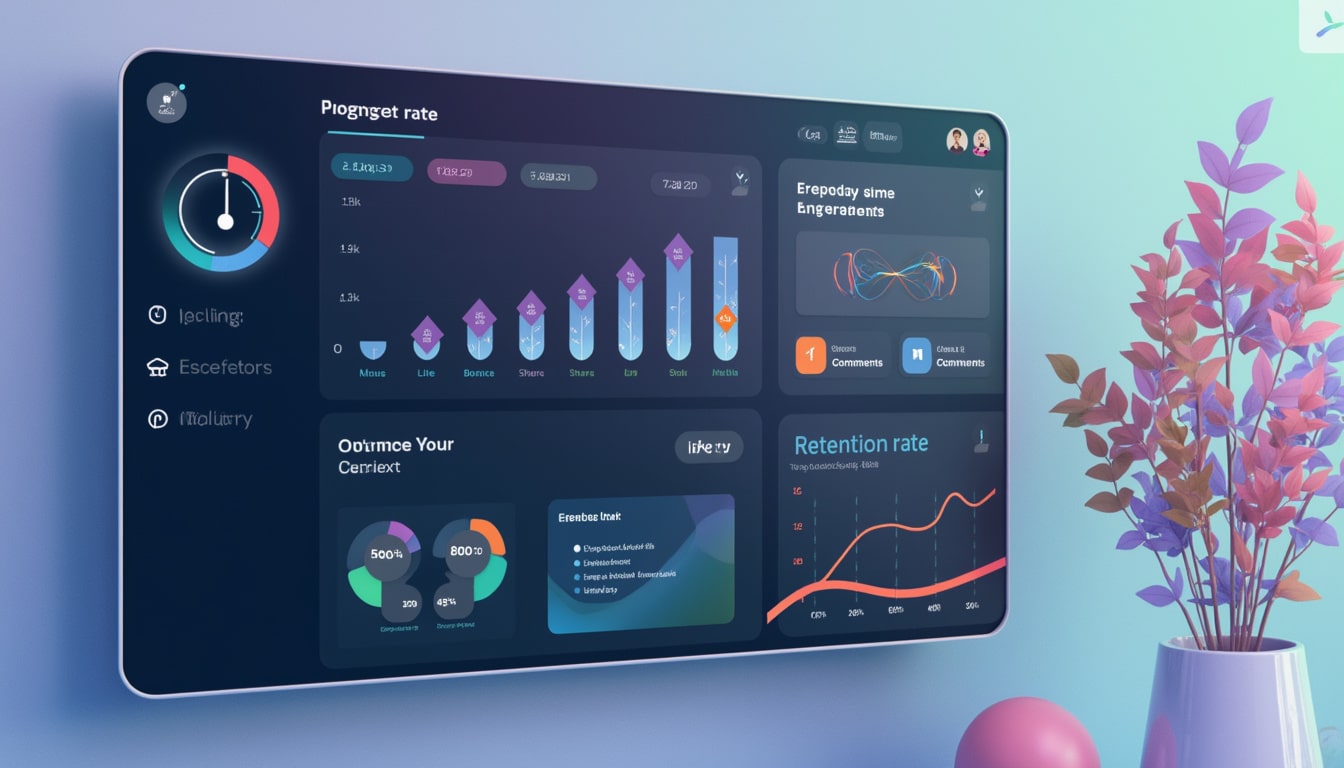Exploring the world of content creation and digital marketing can often feel like navigating a complicated maze. One often overlooked aspect that can profoundly influence your content’s success is the choice of SEO tags. As a content creator, understanding how the wrong tags can negatively affect viewer feedback is crucial in optimizing your presence on platforms like YouTube. Tags serve as the backbone of content discoverability, significantly impacting how your audience engages with your videos. This article delves deep into the nuances of content tagging, examining its effects on both viewer perception and digital marketing strategies.
In recent times, the ever-evolving YouTube algorithm has underscored the importance of selecting the appropriate tags for your videos. Misleading or irrelevant tags can not only confuse the algorithm but also frustrate your audience, leading to negative feedback. Hence, mastering the art of tag selection becomes imperative for anyone looking to enhance their content’s reach. Moreover, viewer engagement metrics such as comments and likes significantly rely on how well your tags resonate with the targeted audience.
The Importance of Appropriate Tags
Tags are essentially keywords or phrases that describe your content, allowing platforms to categorize and show it to the right audience. On YouTube, SEO tags impact the visibility of your videos, directly influencing audience engagement and retention rates. A study published by digital marketing experts asserts that errors in tagging can reduce the probability of your video being recommended by the platform’s algorithm.

How Incorrect Tags Lead to Negative Viewer Feedback
When tags do not align with the actual content of a video, viewers feel deceived. If they come across a video under misleading tags, they are likely to express their frustration through comments or dislikes. These negative interactions can significantly hamper a creator’s credibility, sometimes leading to even worse outcomes, such as reduced channel visibility. Tags that poorly represent content can also lead to high drop-off rates, as viewers swiftly move away from content that doesn’t meet their expectations.
Additionally, viewers are becoming increasingly sophisticated. They often rely on content engagement metrics to gauge the quality of a video. If a video has an abundance of tags but receives poor viewer feedback, this can send a negative signal to the algorithm. The intricate mechanisms of the algorithm take into account these viewer behaviors, leading to a compounded negative effect on the video’s performance.
Strategies for Effective Tagging
Understanding the pitfalls associated with poor tagging is only part of the journey. Strategizing your tag usage is the next significant step. One crucial element involves conducting thorough research to identify the most effective tags for your content. Tools such as YouTube Tag Generator can help you find relevant keywords that resonate with your audience, driving more engagement towards your channel.
Best Practices in Content Tagging
When tagging your videos, several best practices can keep you on the right track. Firstly, using niche-specific tags can improve the visibility of your content within targeted demographics. This approach often yields better results compared to generic tags that may attract a broader audience but lead to poor engagement rates. Additionally, you should regularly audit your tags, replacing ineffective ones with fresh, relevant options based on trending topics and trending hashtags across platforms such as Twitter and Instagram.
Combining viewer feedback with these strategies can offer invaluable insights. Viewer comments and engagement metrics can act as feedback loops, highlighting whether your tags are resonating well or leading to viewer dissatisfaction. Leveraging this feedback effectively, you can refine your tag strategies continually, adapting to the ever-changing preferences of your audience.
Understanding the Broader Implications
The implications of incorrect tagging go beyond just viewer dissatisfaction. It plays a role in brand reputation management in the digital landscape. A significant negative call-out from a viewer can quickly torpedo the hard-earned reputation of a channel. Negative tagging effects ripple through all aspects of a content creator’s online presence, influencing everything from subscriber rates to social media following. Hence, staying attuned to how tags can shape perceptions is vital.
The Interplay Between Tags and Social Media Engagement
In today’s interconnected digital age, content never exists in isolation. Instead, your video’s findability on YouTube greatly influences how it’s shared and discussed on other platforms, such as Facebook, TikTok, and Instagram. Tags play an integral role in these interactions, bridging the gap between YouTube and social media engagement. Using consistent tags across platforms can create cohesive branding and messaging, ensuring maximum viewers no matter where they encounter your content.
As a content creator, integrating social media tags into your tagging strategy can create a synergistic effect. Combining keywords from your YouTube tags with those trending on other platforms can fortify your brand’s visibility. Utilizing insights drawn from viewer feedback across these platforms can further inform your choice of tags, ensuring they remain relevant and engaging.
The Bigger Picture: Viewer Engagement and Retention
Effective tagging goes hand in hand with consistent content quality. The relationship between your chosen tags, viewer feedback, and engagement metrics heavily influences how your content is received. For example, if you tag a video with phrases that are currently trending but your content fails to deliver on the promised expectations, the negative viewer reactions can severely impact the video’s reach. Viewers have become increasingly aware of authenticity and can often detect discrepancies between tags and content.

Crafting a Holistic Digital Marketing Strategy
Brand awareness should not solely rely on catchy tags. It requires a holistic approach that resonates with viewers on various fronts. Combining audience insights with comprehensive research and acknowledging digital marketing strategies plays a crucial role in leveraging viewer feedback for content development. Channels should invest in understanding their audience, crafting content that genuinely engages them, and using effective tagging strategies to maintain that engagement long-term.
This holistic approach not only helps in retaining your existing audience but also attracts new viewers. High engagement metrics signal strength to the algorithm, ensuring your content reaches a broader audience across the digital landscape. Ultimately, consistently utilizing effective tags can promote a unified brand identity and foster a loyal community around your channel.
